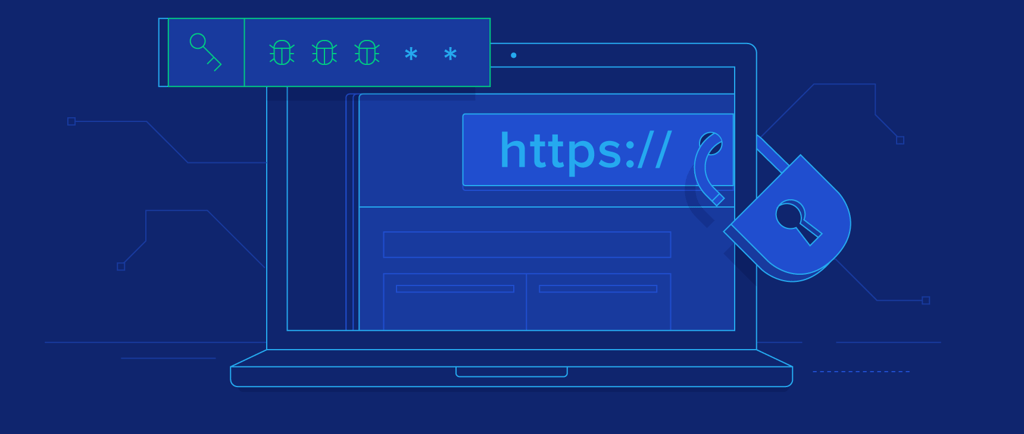Introduction to Web Security
This article provides a detailed overview of web security, explaining key threats, protection methods, and fundamental principles such as HTTPS, input validation, authentication, session management, and web firewalls. Real-world examples and clear explanations make it accessible for both beginners and professionals, helping readers understand why securing web applications is essential in today’s digital world.
WEB
Ulvi Gulmaliyev
6/15/2025


What is Web Security?
Web security refers to the methods, tools, and best practices used to protect websites and web applications from cyber threats and vulnerabilities.
Its main goals include:
Protecting stored and transmitted data
Preserving user privacy and data integrity
Preventing or minimizing the impact of attacks
An insecure website doesn't just pose a technical risk — it can lead to loss of trust, financial damage, and even legal consequences.
Why is Web Security Important?
A secure website is a trustworthy website.
Here are key reasons why web security should be a top priority:
Data Protection: Websites often collect personal or financial data. If compromised, this can lead to identity theft or fraud.
Reputation Risk: A hacked site loses user trust and credibility.
Legal Requirements: Regulations like the EU’s GDPR require websites to protect user data or face fines.
Business Continuity: Cyberattacks can bring a website offline, causing service interruptions and user dissatisfaction.
Common Types of Web Attacks
Understanding common attack types helps in building more secure applications. These are some of the most frequent web threats:
SQL Injection: An attacker injects malicious code through input fields to access or modify database contents.
XSS (Cross-site Scripting): Attackers inject scripts into web pages that execute in users' browsers.
CSRF (Cross-site Request Forgery): Tricks a user’s browser into performing actions without their knowledge.
Brute Force Attacks: Automated guessing of usernames and passwords to gain unauthorized access.
DDoS Attacks: Overloads a website with traffic to make it unavailable to legitimate users.
Even small vulnerabilities can be exploited to cause serious damage.
Core Security Concepts and Tools
To build a secure web application, it’s important to understand these key concepts:
HTTPS: Encrypts communication between the user and the server to prevent eavesdropping.
Input Validation: Filters and sanitizes user input to prevent malicious data injection.
Authentication & Authorization: Verifies the user’s identity and controls what they can access.
Session Management: Ensures secure handling of login sessions to prevent hijacking.
WAF (Web Application Firewall): Acts as a security layer that filters and blocks malicious traffic before it reaches the application.
Who Needs to Care About Web Security?
Web security is essential for everyone involved in building or managing online platforms:
Website owners and businesses: Responsible for protecting customer data.
Developers: Must write secure code and prevent common vulnerabilities.
System administrators: Ensure servers and hosting environments are hardened.
Users: Also play a role by using strong passwords and avoiding suspicious links.
Web security must be considered at every stage of a website’s life cycle — from development to deployment and maintenance. Data breaches, downtime, and loss of trust are often the result of ignored or delayed security measures.
Security should never be an afterthought — it should be part of the foundation.


